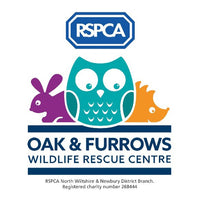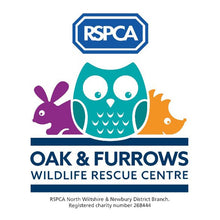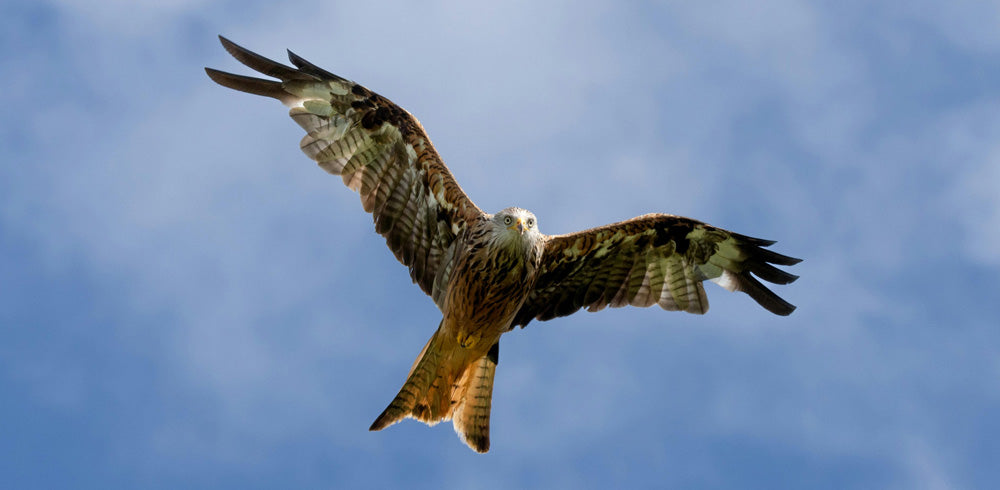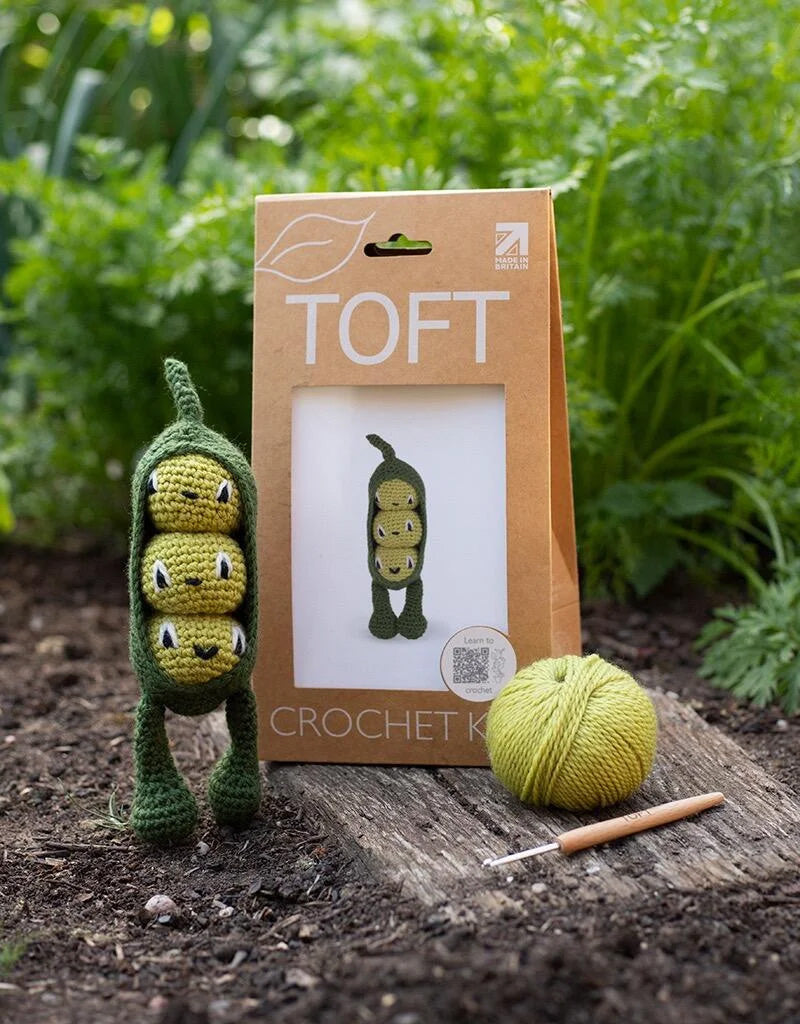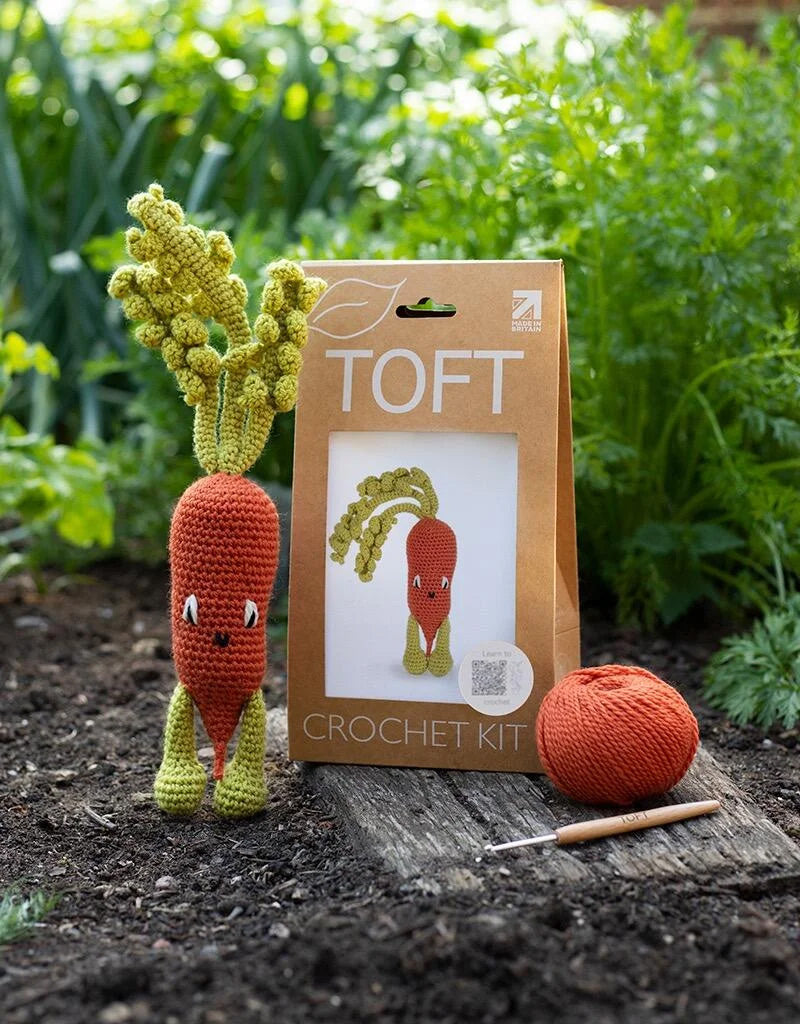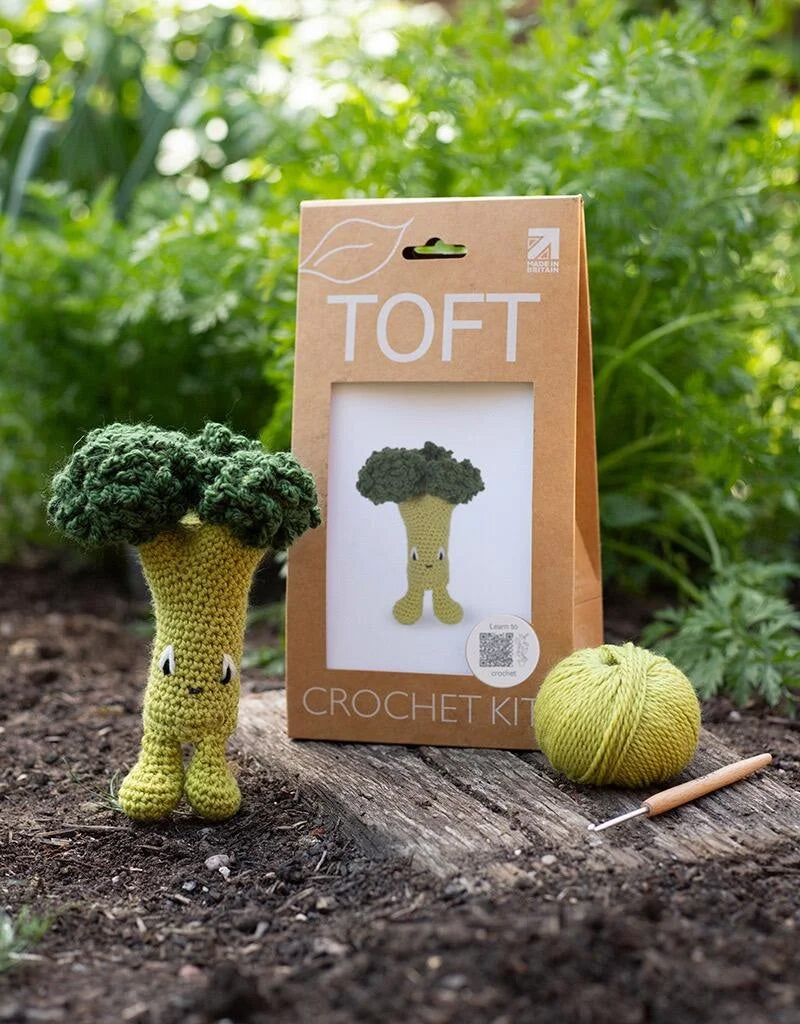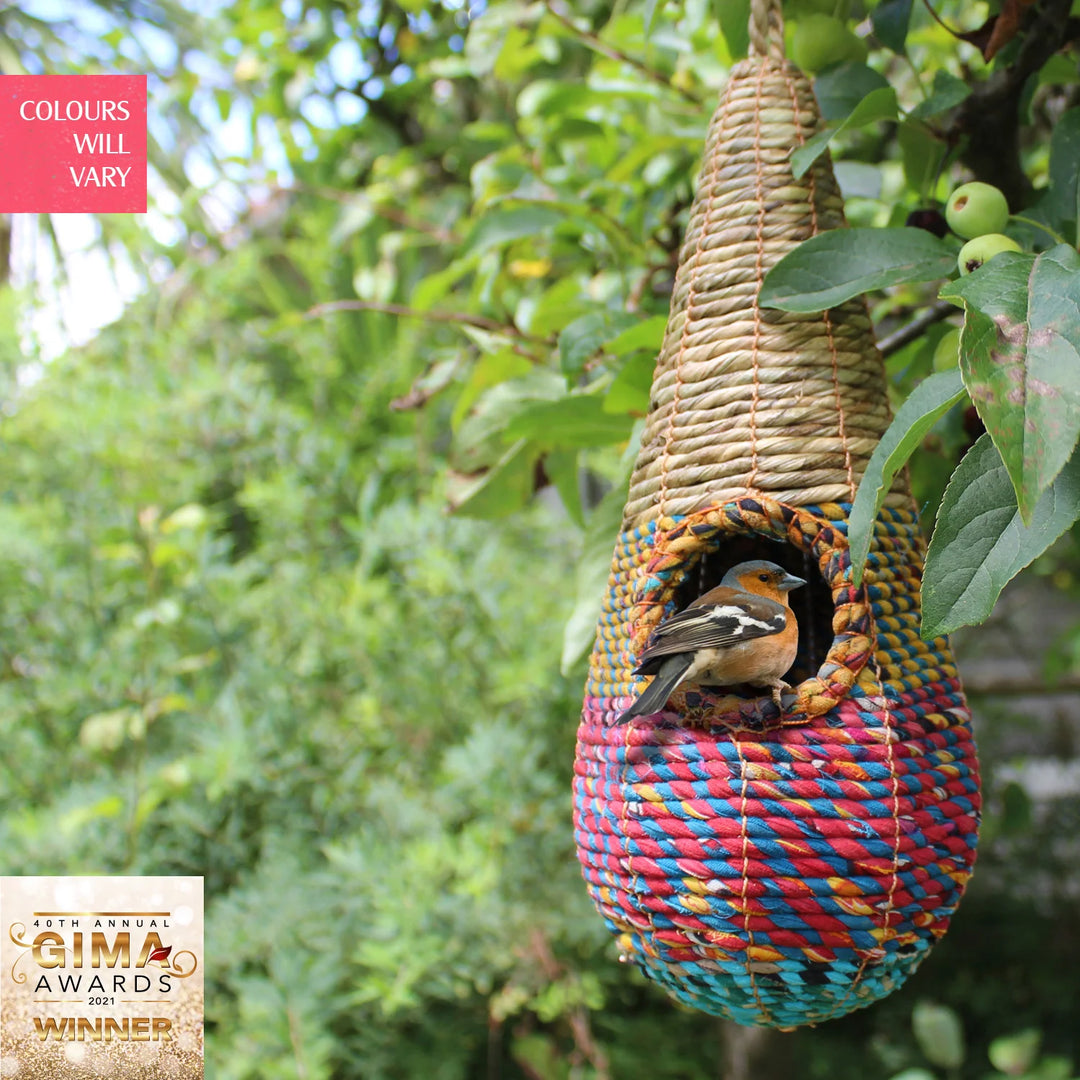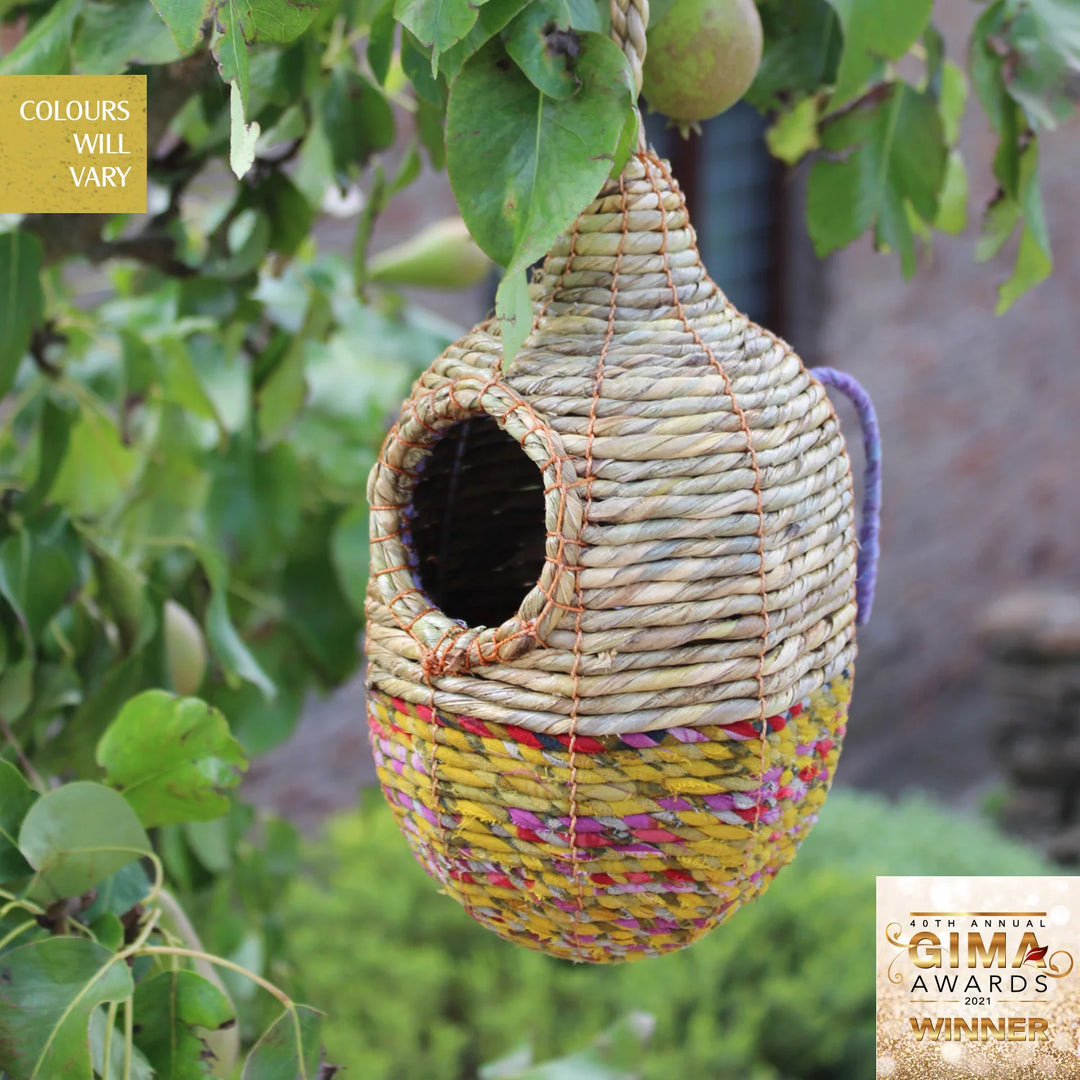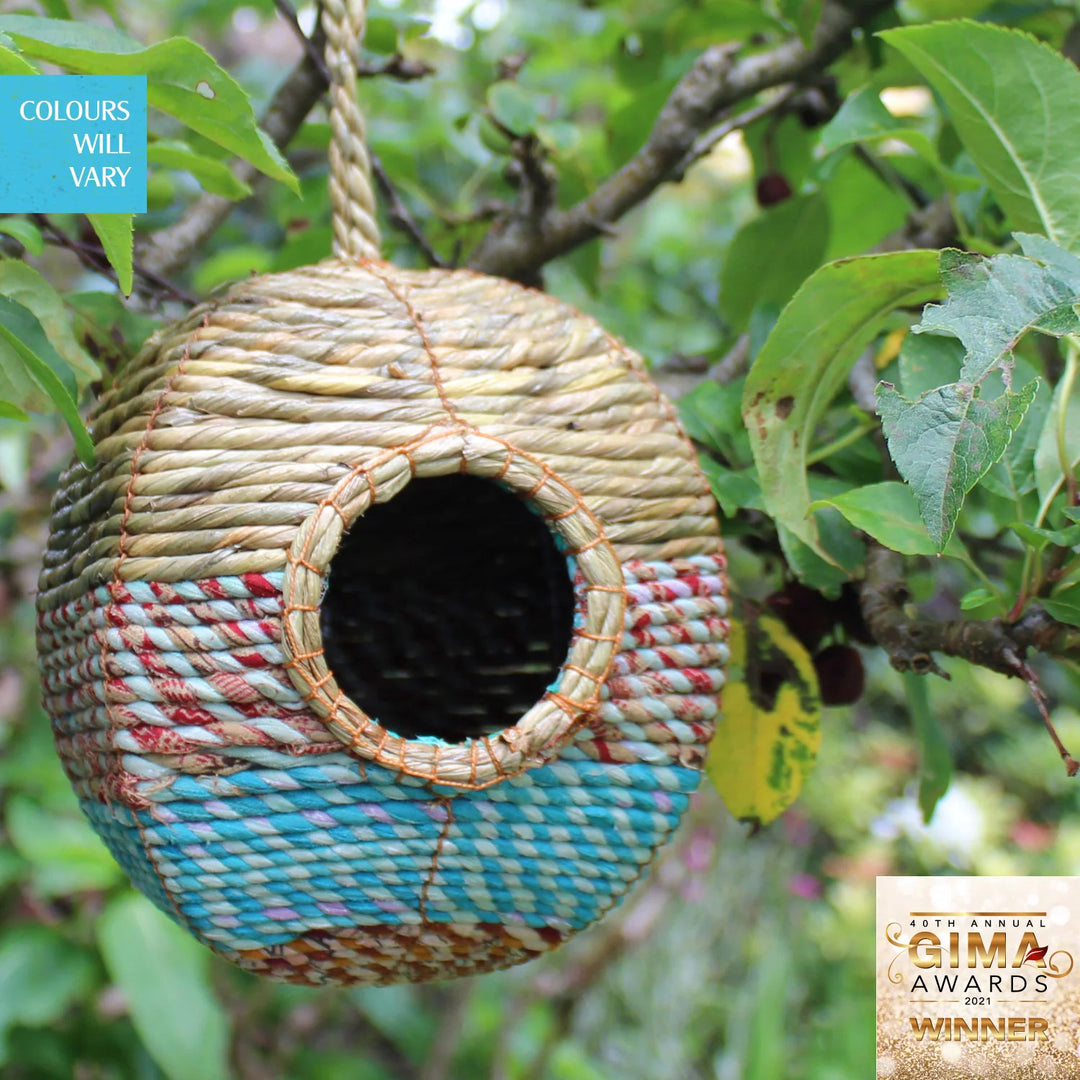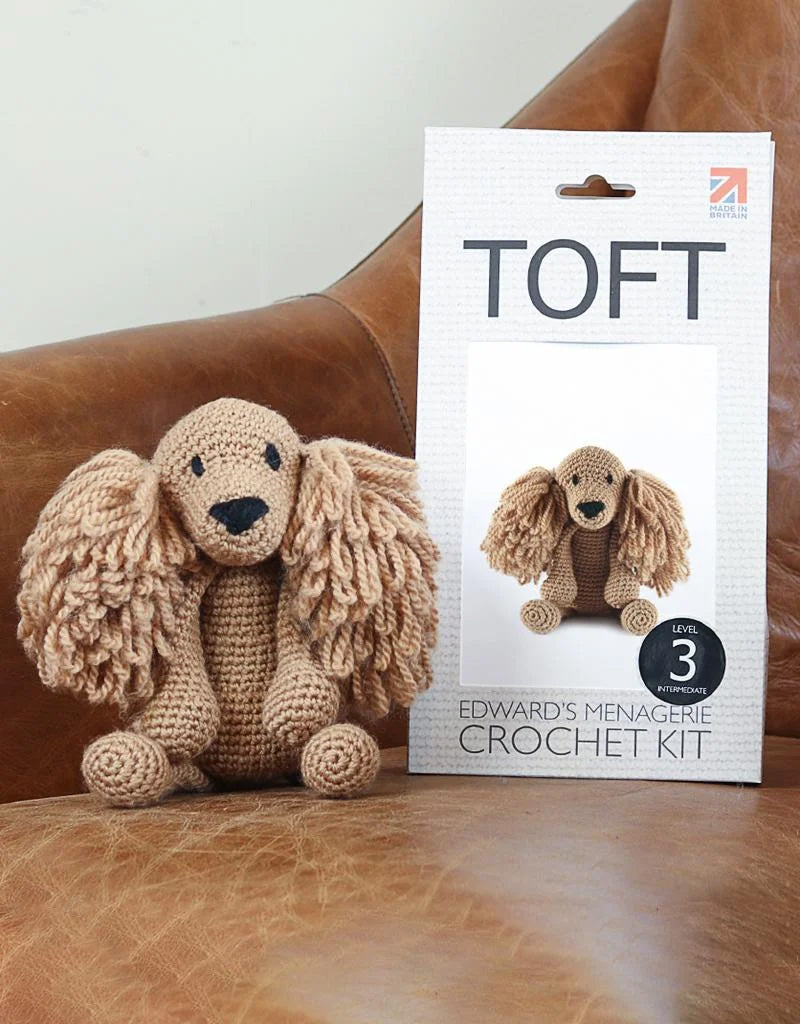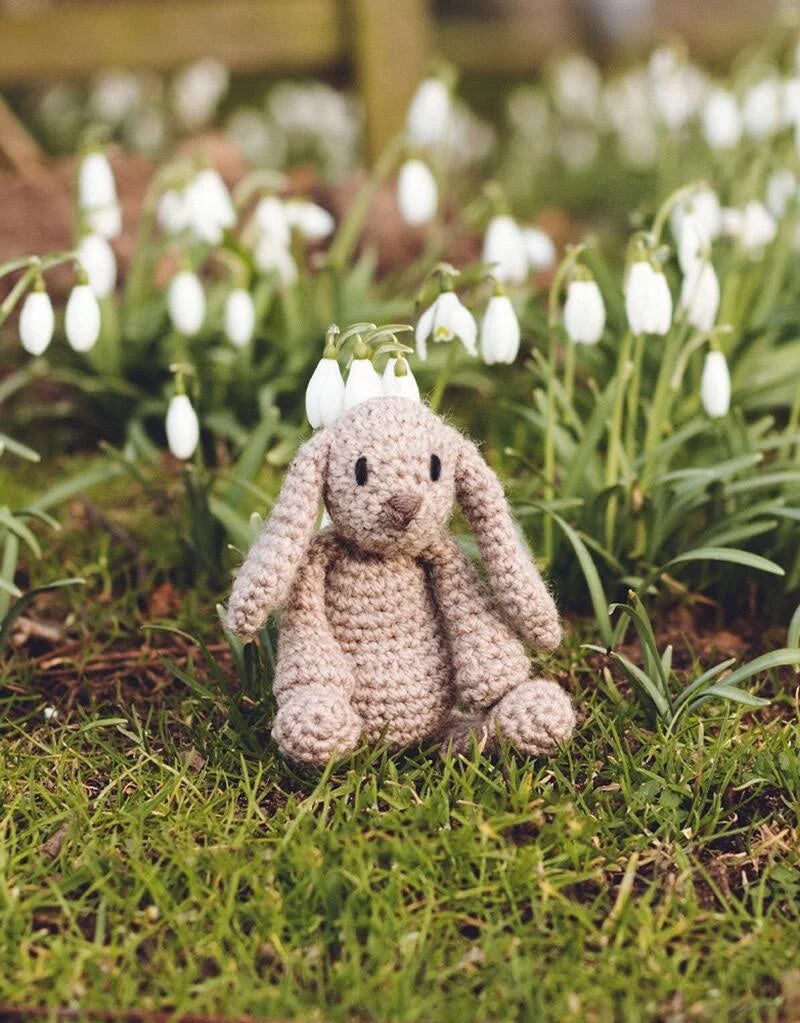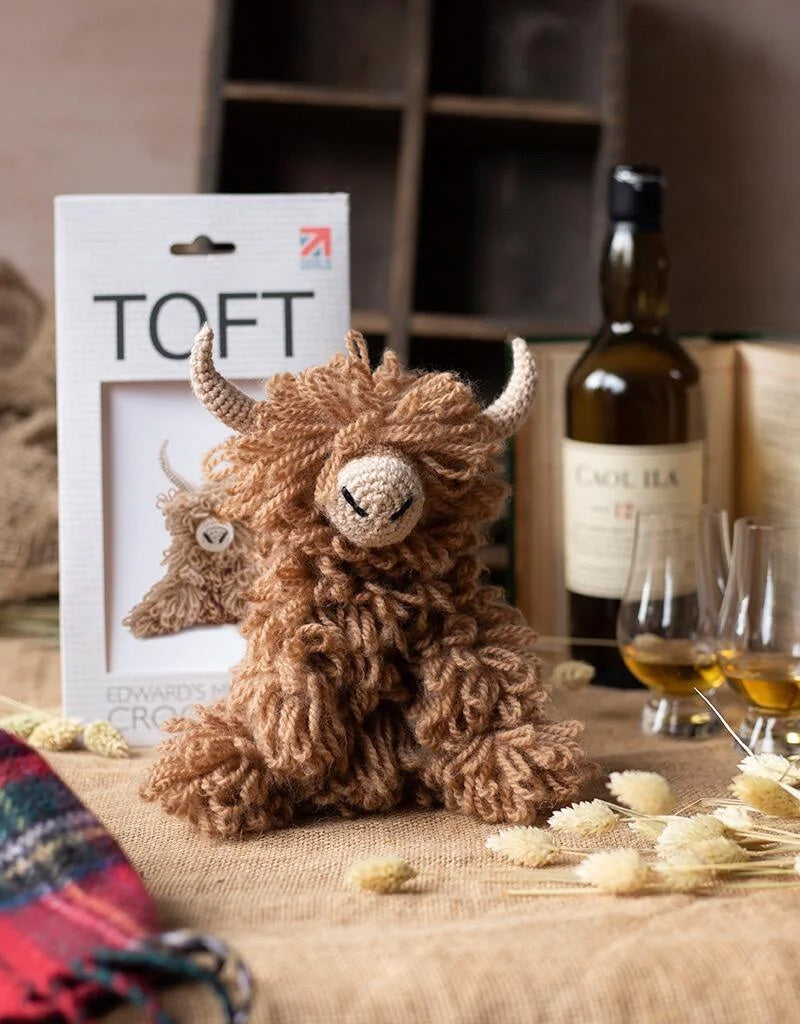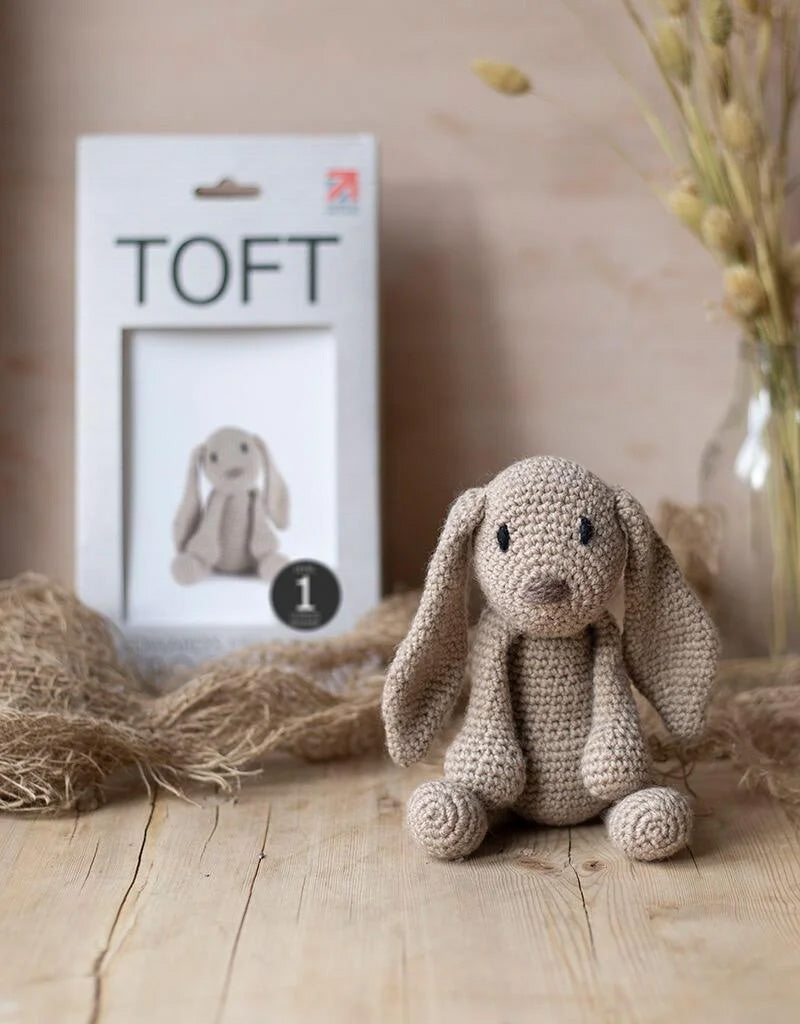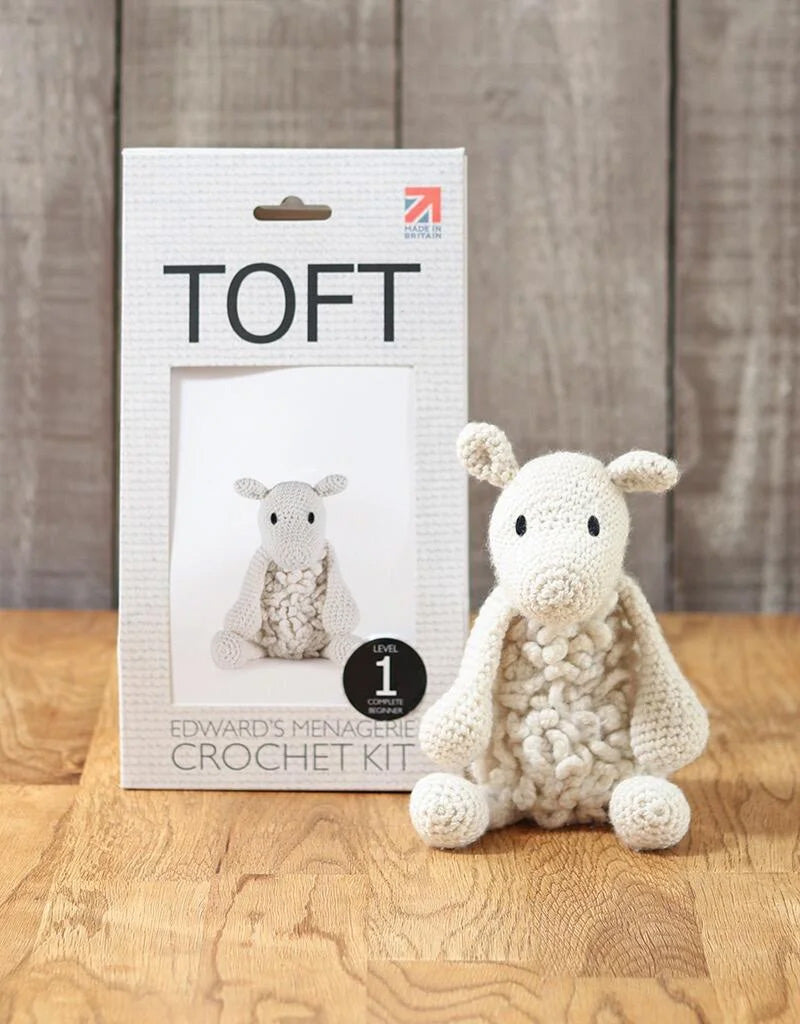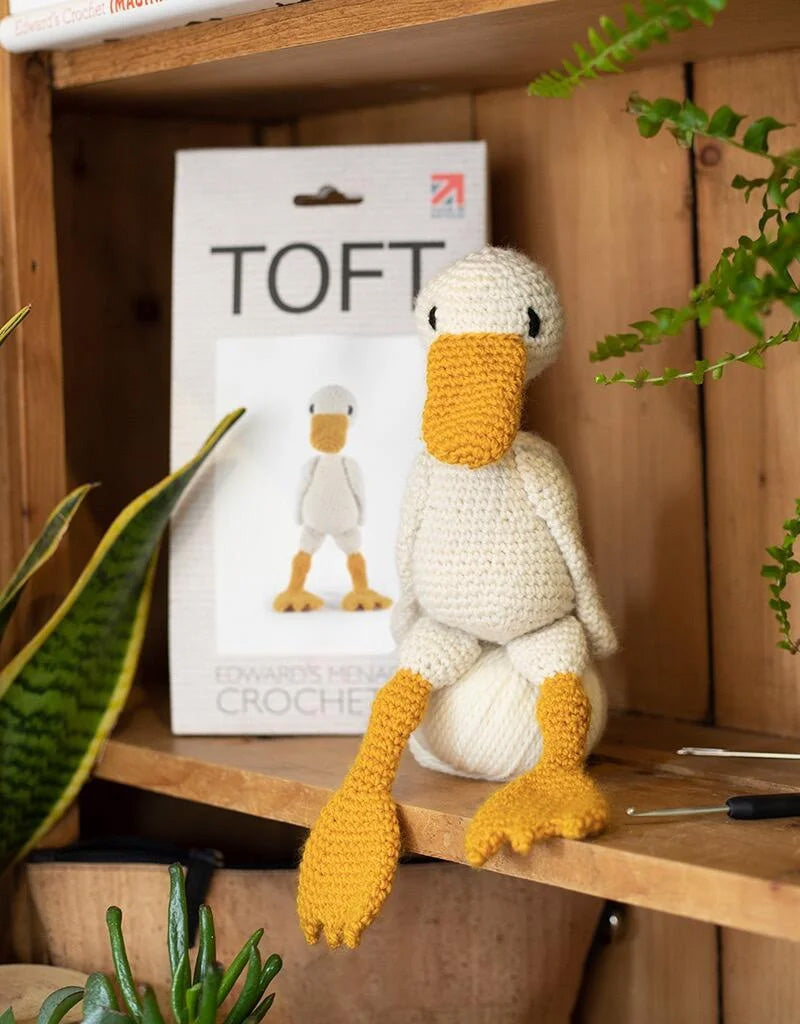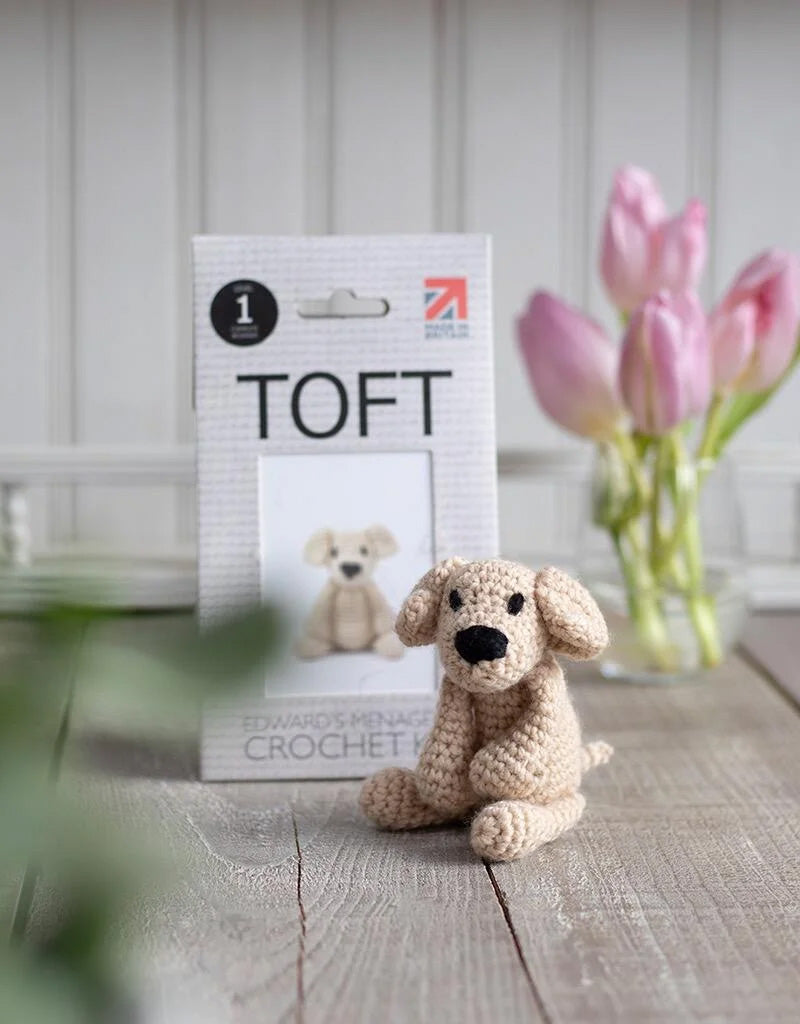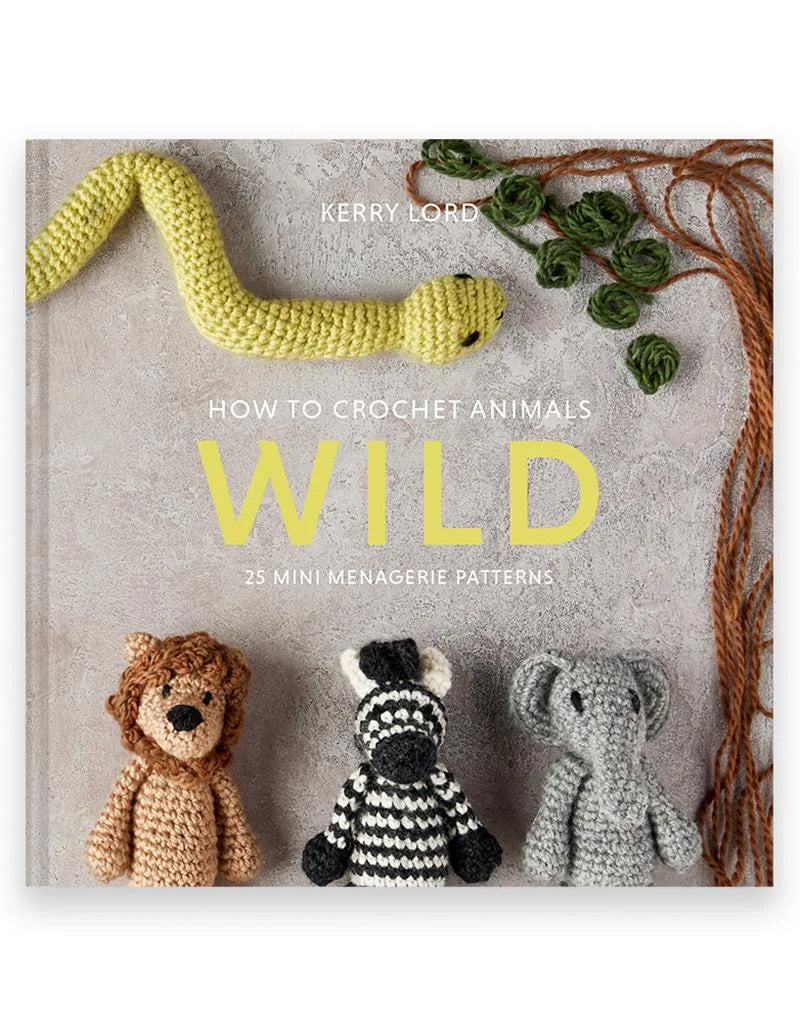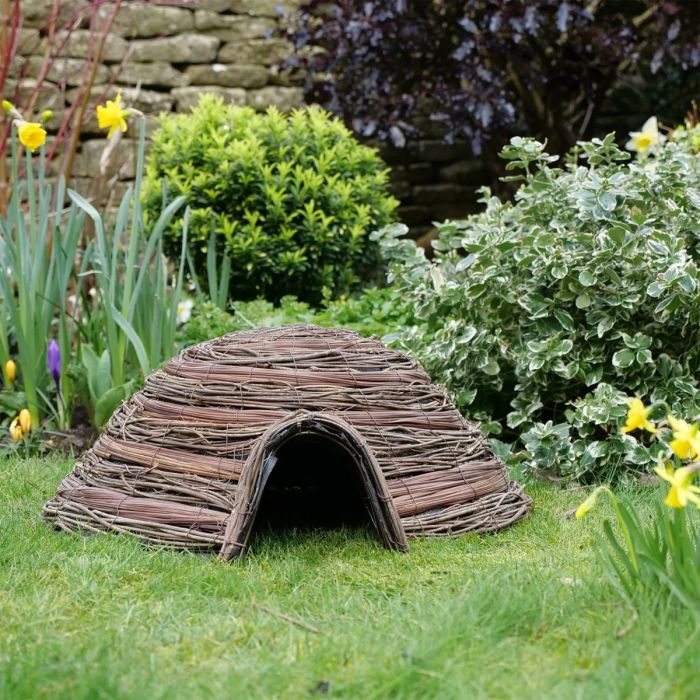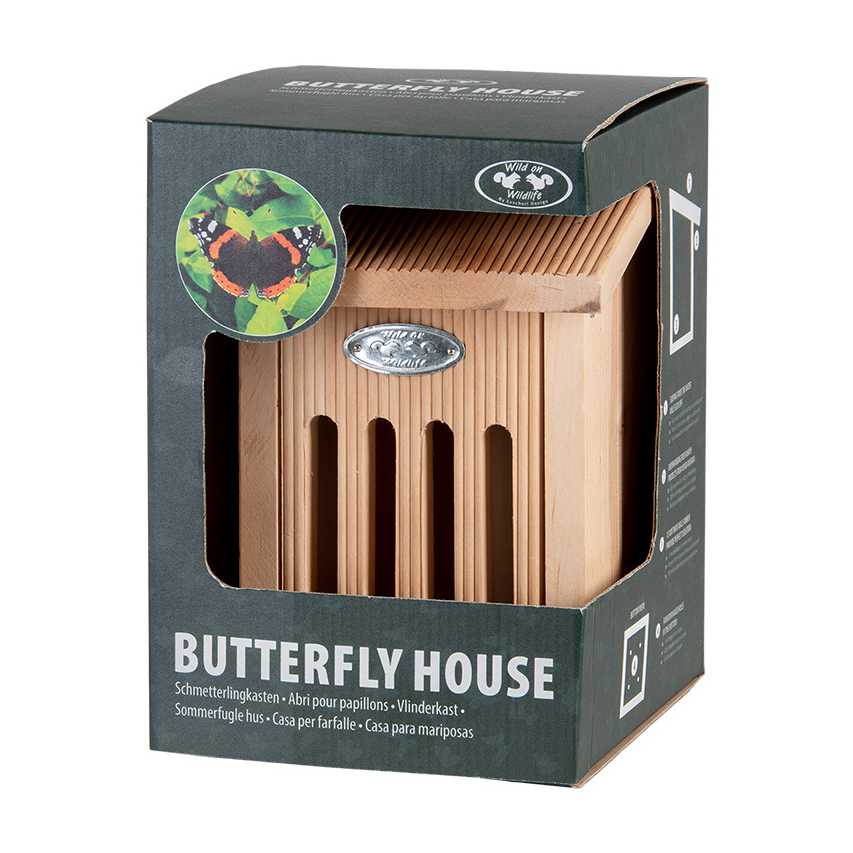Red Kite
The red kite, a majestic bird of prey, is a symbol of conservation success in the United Kingdom. Once on the brink of extinction, these beautiful birds have made a remarkable comeback thanks to dedicated conservation efforts. Red kites are now a common sight in many parts of the UK, soaring high in the sky with their distinctive forked tails and striking plumage.
Habitat: Red kites can be found in a variety of habitats across the UK, including woodlands, farmland, and wetlands. They prefer open areas with scattered trees where they can build their nests and hunt for food. Red kites are known for their acrobatic flying skills, often performing breathtaking aerial displays as they search for prey.
Wild and Endangered: Red kites were once widespread throughout the UK, but by the 20th century, their numbers had dwindled to dangerously low levels. Habitat loss, persecution, and poisoning were major factors in their decline. In the 1980s, a conservation program was launched to reintroduce red kites to parts of the UK where they had disappeared. Thanks to these efforts, the red kite population has rebounded, and they are no longer considered endangered.
Protected Species: Red kites are now a protected species in the UK, and it is illegal to harm or disturb them. Conservation organizations work tirelessly to monitor and protect red kite populations, ensuring that these magnificent birds continue to thrive in the wild. Red kites are also protected under international conservation agreements, further safeguarding their future.
Migration: While some red kites are resident in the UK year-round, others migrate to warmer climates in the winter. These migratory birds travel long distances, crossing international borders to reach their wintering grounds. Migration is a perilous journey for red kites, as they face numerous threats along the way, including habitat loss, hunting, and collisions with power lines.
Nest and Plumage: Red kites build their nests in tall trees, using sticks, twigs, and other materials to create a sturdy platform. The female lays two to four eggs, which she incubates for around a month. Both parents take turns caring for the eggs and feeding the chicks once they hatch. Red kites have striking plumage, with a predominantly reddish-brown body, gray wings, and a white head and tail. Their long, forked tails are a distinctive feature that sets them apart from other birds of prey.
Colours and Beak: The vibrant colors of the red kite’s plumage make them a sight to behold in the wild. Their red-brown bodies are complemented by deep shades of gray and white, creating a striking contrast. Red kites have sharp, hooked beaks that are well-suited for tearing into their prey. Their keen eyesight and powerful talons make them formidable hunters, capable of catching a wide variety of prey, including small mammals, birds, and carrion.
Diet and Feathers: Red kites are opportunistic feeders, scavenging for food in fields, woodlands, and along roadsides. They primarily feed on small mammals, such as voles and rabbits, but will also eat birds, insects, and carrion. Red kites are known for their distinctive “feather-up” behavior, where they spread their wings and tail feathers to catch the wind and hover in place while scanning for prey below. This hunting technique allows red kites to spot potential meals from great heights before swooping down to make a catch.
In conclusion, the red kite is a true success story of conservation in the UK. Once on the brink of extinction, these magnificent birds have made a remarkable comeback thanks to dedicated conservation efforts. With their striking plumage, acrobatic flying skills, and important role in the ecosystem, red kites are a treasured part of the British countryside. By continuing to protect and preserve their habitats, we can ensure that red kites continue to soar high in the skies for generations to come.
Habitat: Red kites can be found in a variety of habitats across the UK, including woodlands, farmland, and wetlands. They prefer open areas with scattered trees where they can build their nests and hunt for food. Red kites are known for their acrobatic flying skills, often performing breathtaking aerial displays as they search for prey.
Wild and Endangered: Red kites were once widespread throughout the UK, but by the 20th century, their numbers had dwindled to dangerously low levels. Habitat loss, persecution, and poisoning were major factors in their decline. In the 1980s, a conservation program was launched to reintroduce red kites to parts of the UK where they had disappeared. Thanks to these efforts, the red kite population has rebounded, and they are no longer considered endangered.
Protected Species: Red kites are now a protected species in the UK, and it is illegal to harm or disturb them. Conservation organizations work tirelessly to monitor and protect red kite populations, ensuring that these magnificent birds continue to thrive in the wild. Red kites are also protected under international conservation agreements, further safeguarding their future.
Migration: While some red kites are resident in the UK year-round, others migrate to warmer climates in the winter. These migratory birds travel long distances, crossing international borders to reach their wintering grounds. Migration is a perilous journey for red kites, as they face numerous threats along the way, including habitat loss, hunting, and collisions with power lines.
Nest and Plumage: Red kites build their nests in tall trees, using sticks, twigs, and other materials to create a sturdy platform. The female lays two to four eggs, which she incubates for around a month. Both parents take turns caring for the eggs and feeding the chicks once they hatch. Red kites have striking plumage, with a predominantly reddish-brown body, gray wings, and a white head and tail. Their long, forked tails are a distinctive feature that sets them apart from other birds of prey.
Colours and Beak: The vibrant colors of the red kite’s plumage make them a sight to behold in the wild. Their red-brown bodies are complemented by deep shades of gray and white, creating a striking contrast. Red kites have sharp, hooked beaks that are well-suited for tearing into their prey. Their keen eyesight and powerful talons make them formidable hunters, capable of catching a wide variety of prey, including small mammals, birds, and carrion.
Diet and Feathers: Red kites are opportunistic feeders, scavenging for food in fields, woodlands, and along roadsides. They primarily feed on small mammals, such as voles and rabbits, but will also eat birds, insects, and carrion. Red kites are known for their distinctive “feather-up” behavior, where they spread their wings and tail feathers to catch the wind and hover in place while scanning for prey below. This hunting technique allows red kites to spot potential meals from great heights before swooping down to make a catch.
In conclusion, the red kite is a true success story of conservation in the UK. Once on the brink of extinction, these magnificent birds have made a remarkable comeback thanks to dedicated conservation efforts. With their striking plumage, acrobatic flying skills, and important role in the ecosystem, red kites are a treasured part of the British countryside. By continuing to protect and preserve their habitats, we can ensure that red kites continue to soar high in the skies for generations to come.
